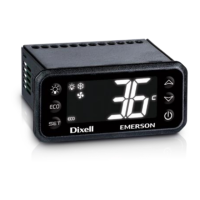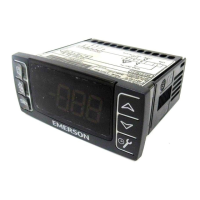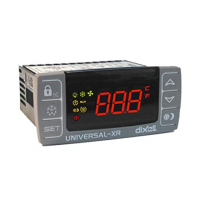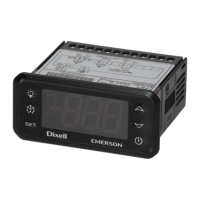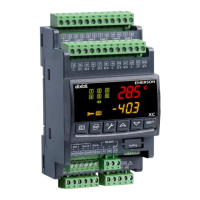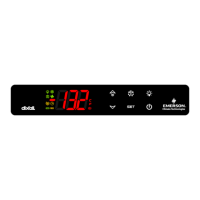User Manual Chapter 7
GFK-1742F Jan 2020
Programmed Motion 194
Programmed Moves
By combining CMOVEs and PMOVES, absolute and incremental moves, and linear and s-
curve motion, virtually any motion profile can be generated. The following examples show
some simple motion profiles, as well as some common motion programming errors.
Example 1: Combining PMOVEs and CMOVEs
This example shows how simple PMOVEs and CMOVEs combine to form motion profiles.
Figure 73: Combining PMOVEs and CMOVEs
The first PMOVE accelerates to program velocity, moves for a distance, and decelerates to a
stop. This is because motion stops after all PMOVEs. When the first move stops, it is at the
programmed distance.
The second move is an s-curve PMOVE. It, like the first, accelerates to the programmed
velocity, moves for a time, and decelerates to zero velocity because it is a PMOVE.
The next move is a linear CMOVE. It accelerates to program velocity, moves for a time, and
then decelerates to a lower velocity using linear acceleration. When a CMOVE ends, it will
be at the programmed position of the move just completed, and at the velocity of the next
move. Thus when the fourth move begins, it is already at its programmed velocity.
The fourth move is a CMOVE, so as it approaches its final position, it accelerates to be at the
velocity of the fifth move when it completes. The graph shows the acceleration of the fourth
move is s-curve.
Finally, the fifth move begins and moves at its programmed velocity for a time until it
decelerates to zero. Any subsequent moves after the fifth would begin at zero velocity
because the fifth move is a PMOVE.

